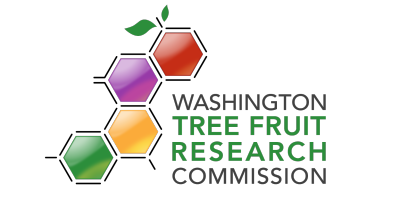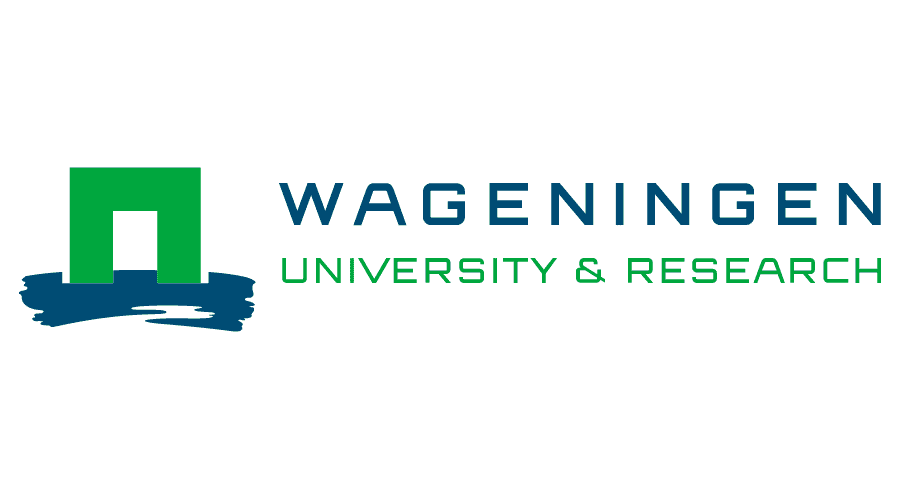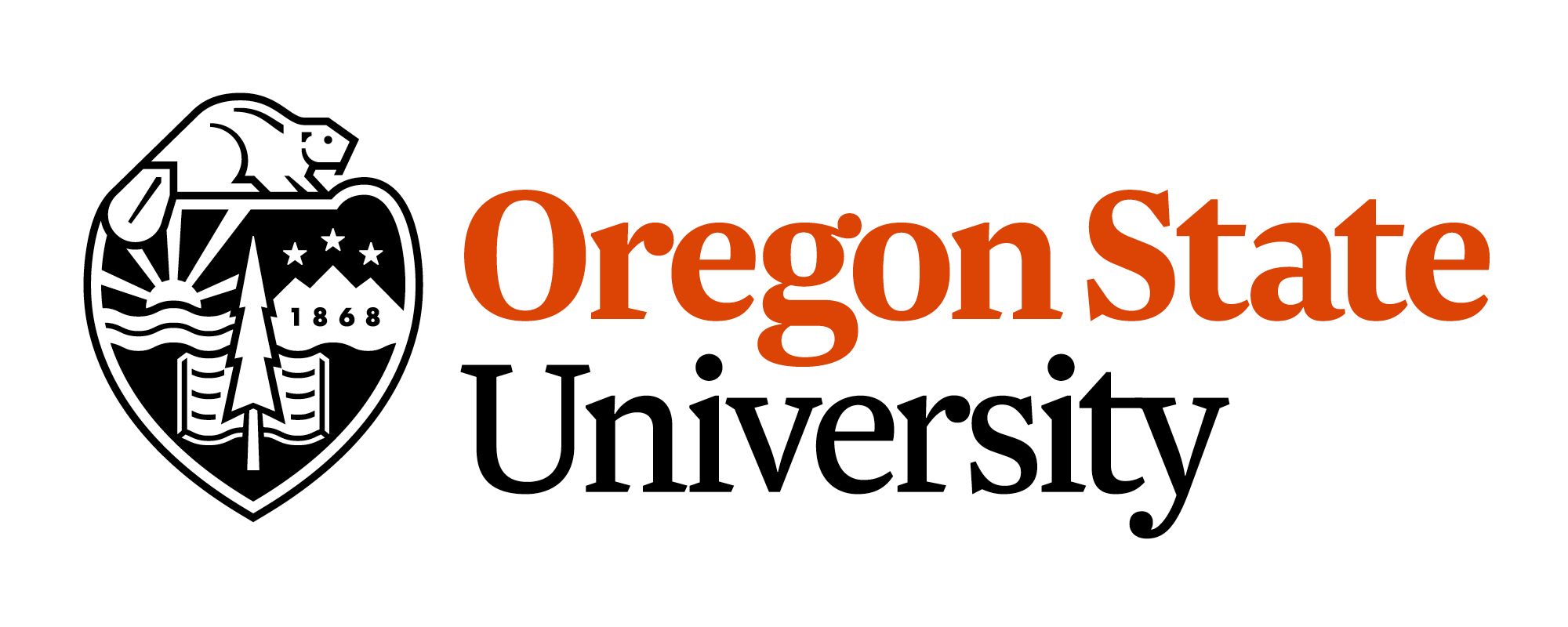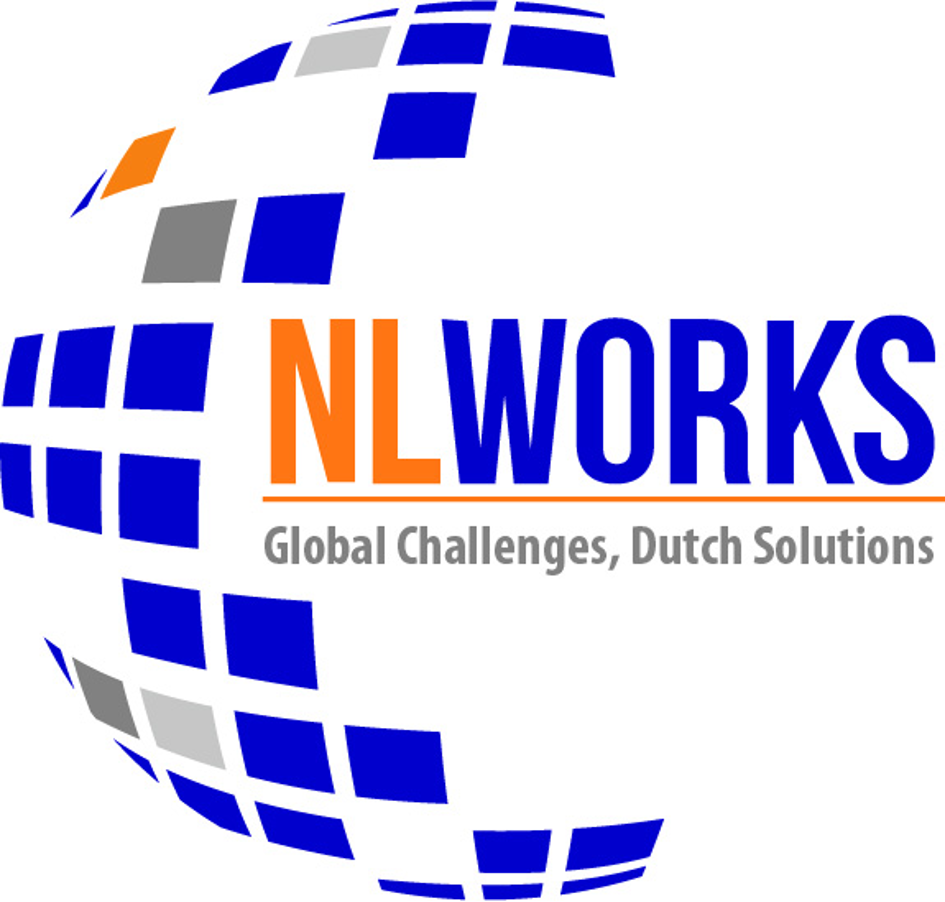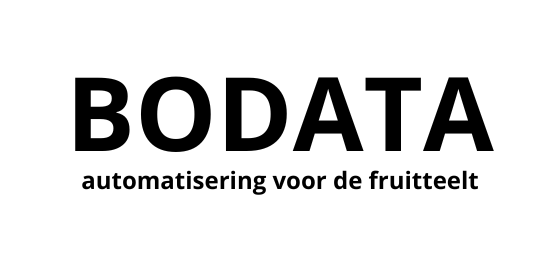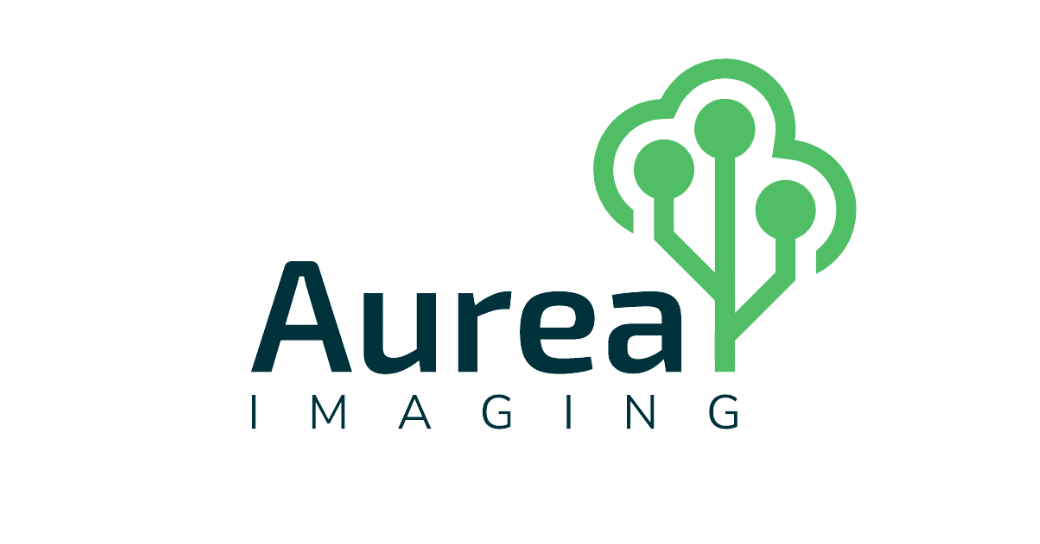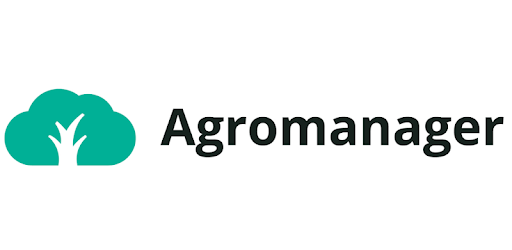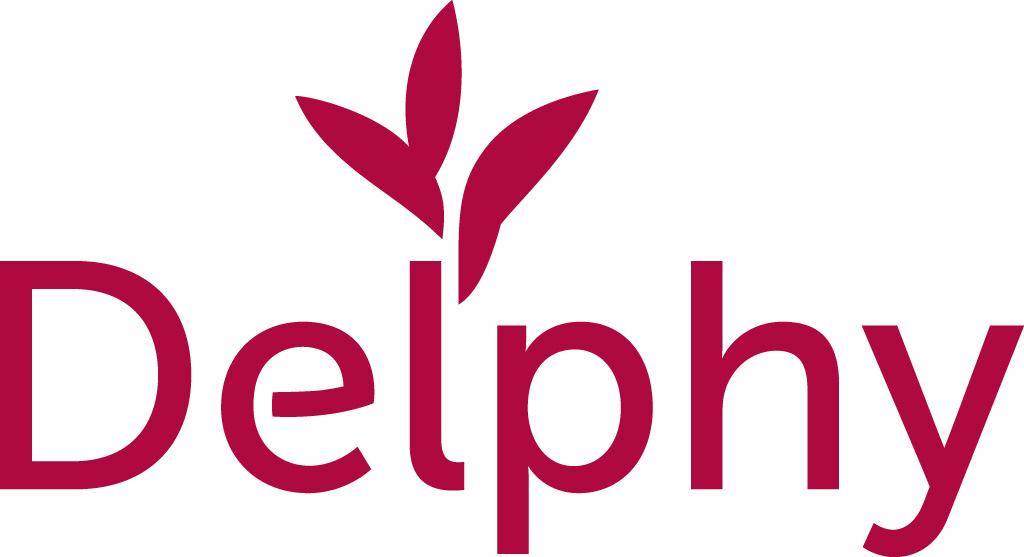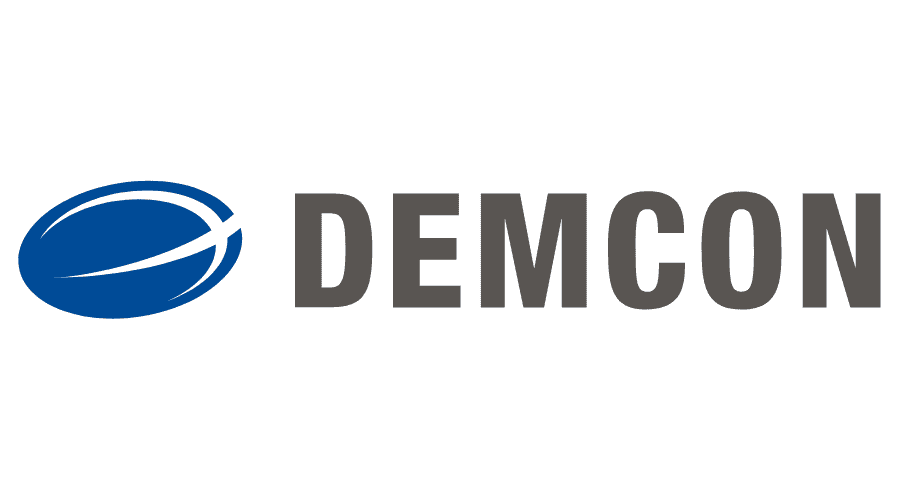The first implementation phase of the Cooldata work package is about showcasing the added value of non-destructive measurements (especially Near Infra-Red and Microwave technology). In the fall of 2021, several Conference batches were selected for storage trials. At harvest, these batches varied in fruit weight, sugar content (Brix value), firmness, and stage of ripeness. It is also expected that they will show quality differences in storage.
The first assessments after storage took place in February of this year (Photo 1). This was both after short, optimal storage under ULO conditions and after suboptimal storage (refrigerated only). Considering the loss of moisture, it was observed, for example, that under ULO the values varied between 0.6 and 1.5% while under refrigerated conditions (suboptimal!) the values varied between 8.5 and 12.8%. That is, the weight of the pears (3×12 kg at onset) decreased by these percentages during storage (5 months). The percentages found under ULO are typical.
So the batches do seem to diverge somewhat, especially under suboptimal conditions. In terms of firmness, sugar content, and other quality factors (weak necks, black stems, external and internal issues), the differences are more subtle. It is expected that after a long storage period (only under ULO) the differences will become clearer.
Once all the data is available, validation of the non-destructive methods can begin. We will then see if the observed differences in storage quality can be correlated to the observations made with the NIR and Microwave technology.
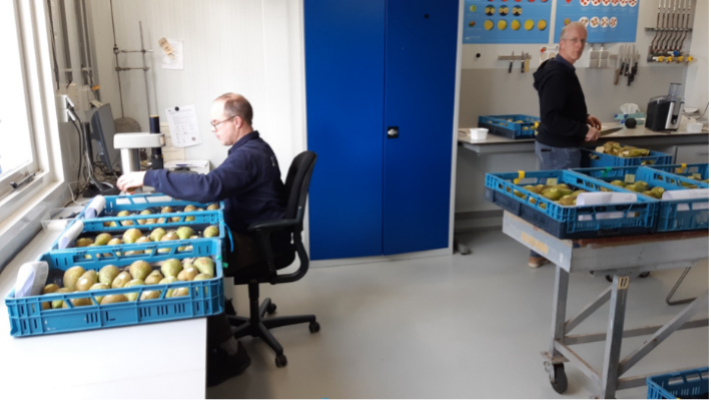
In addition, the aforementioned, non-destructive methodology is also expected to be useful for characterizing fruit, for example, on hardness and Brix value (Photo 2).
Once the results are known, we will consult with the consortium on the best times to perform the measurements. These could be times when the pears are still hanging on the tree but also during the storage period.
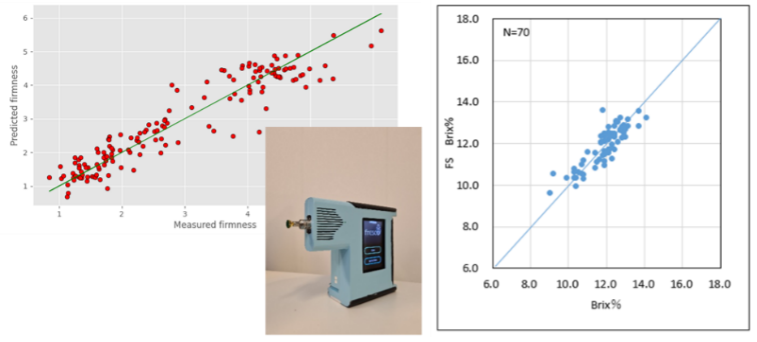
Article by Peter Balk





